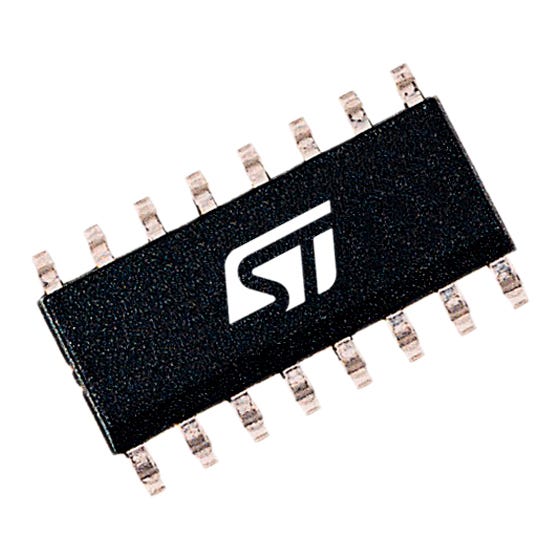The L6591 is a double-ended PWM controller specific to the soft-switched half bridge topology. It provides complementary PWM control, where the high-side switch is driven ON for a duty cycle D and the low-side switch for a duty cycle 1-D, with D < 50%. An externally programmable deadtime...
Read More
The L6591 is a double-ended PWM controller specific to the soft-switched half bridge topology. It provides complementary PWM control, where the high-side switch is driven ON for a duty cycle D and the low-side switch for a duty cycle 1-D, with D < 50%. An externally programmable deadtime inserted between the turn-off of one switch and the turn-on of the other one guarantees soft-switching and enables high-frequency operation.
To drive the high-side switch with the bootstrap approach, the IC incorporates a high-voltage floating structure able to withstand more than 600 V with a synchronous-driven high-voltage DMOS that replaces the external fast-recovery bootstrap diode.
The IC enables the user to set the operating frequency of the converter by means of an externally programmable oscillator: the maximum duty cycle is digitally clipped at 50% by a T-flip-flop, so that the operating frequency is half that of the oscillator.
At very light load the IC enters a controlled burst mode operation that, along with the built-in non-dissipative high-voltage startup circuit and the low quiescent current, helps keep the consumption from the mains low and is compliant with energy saving recommendations.
To allow compliance with these standards also in two-stage power-factor-corrected systems, an interface with the PFC controller is provided that enables the pre-regulator to be switched off between one burst and the following one.
An innovative adaptive UVLO helps minimize the issues related to fluctuations of the self-supply voltage with the output load, due to the transformer's parasitic.
IC protection functions include: not-latched input undervoltage (brownout), a first-level OCP with delayed shutdown able to protect the system during overload and short-circuit conditions (either auto-restart or latch mode can be selected) and a second-level OCP that latches off the IC when the transformer saturates or one of the secondary diodes fails short. Finally, a latched disable function allows easy implementation of OTP or OVP.
Programmable soft-start and digital leading-edge blanking on the current sense input pin complete the equipment of the IC.



